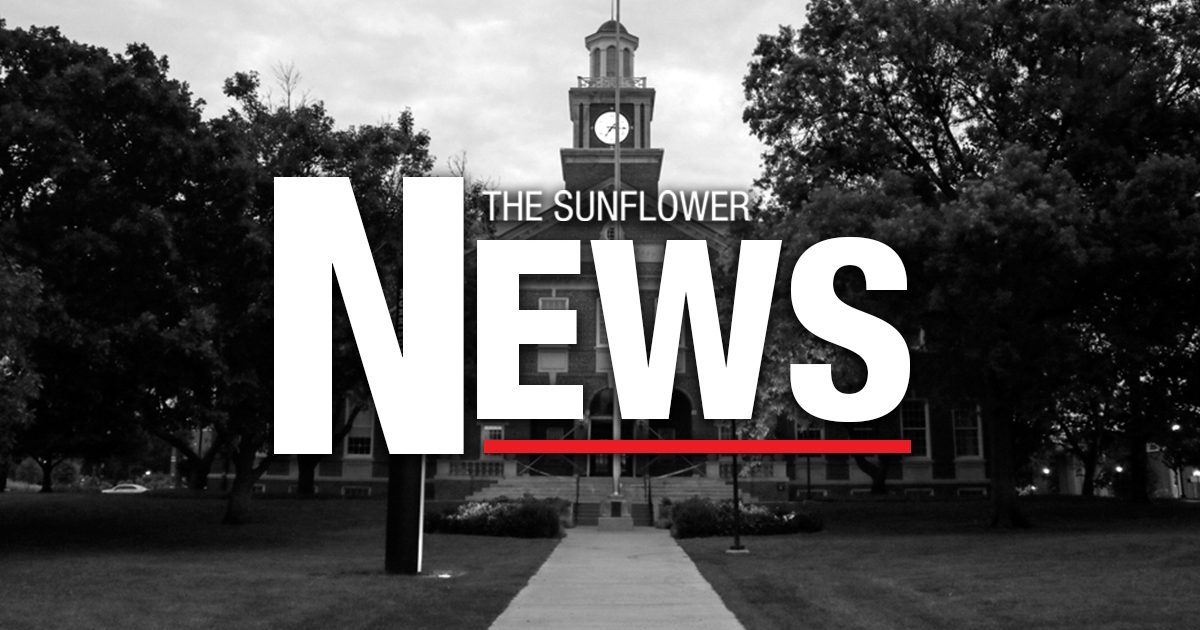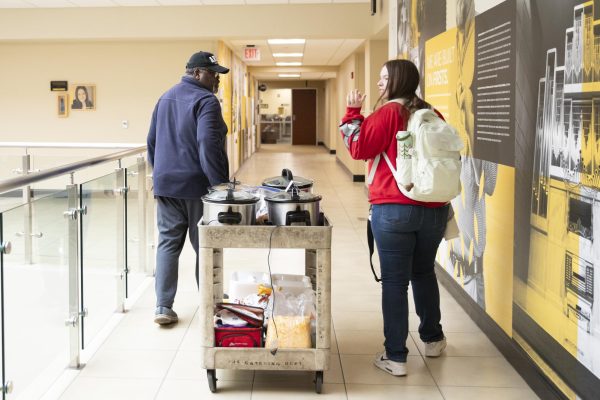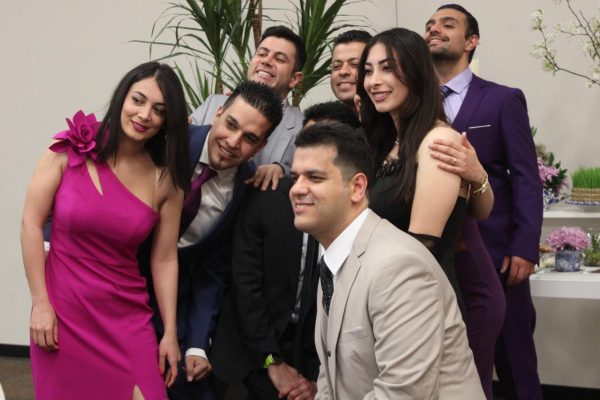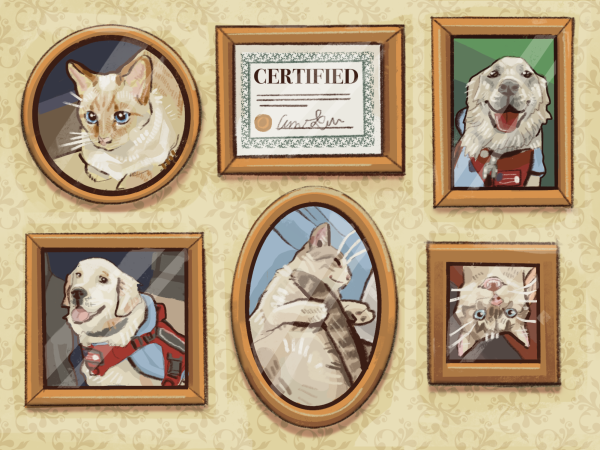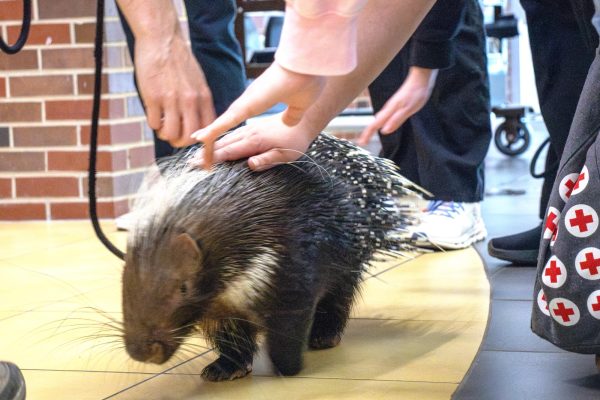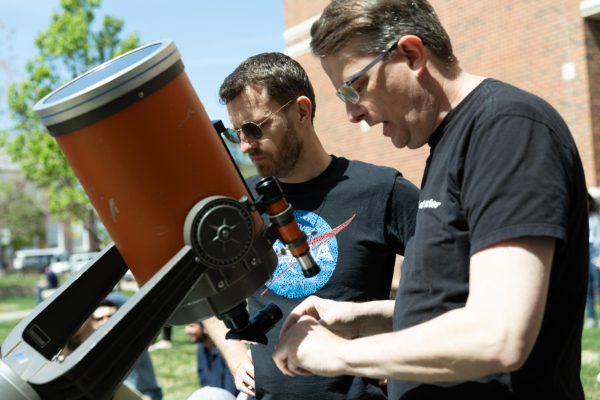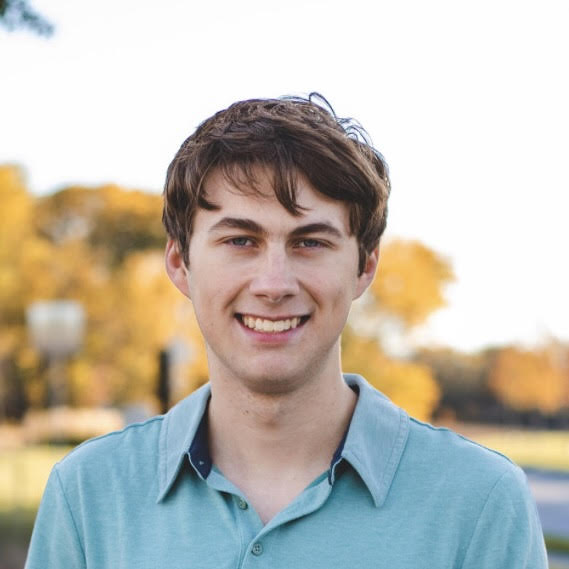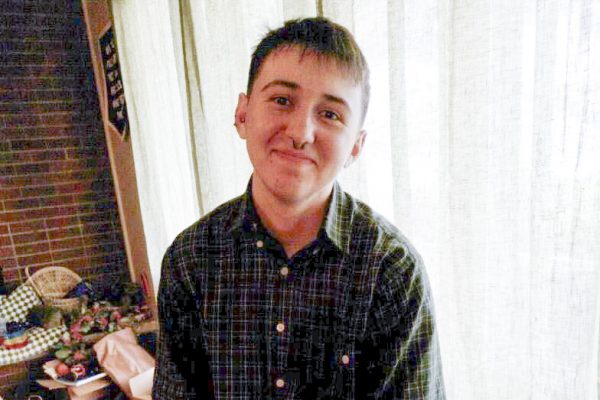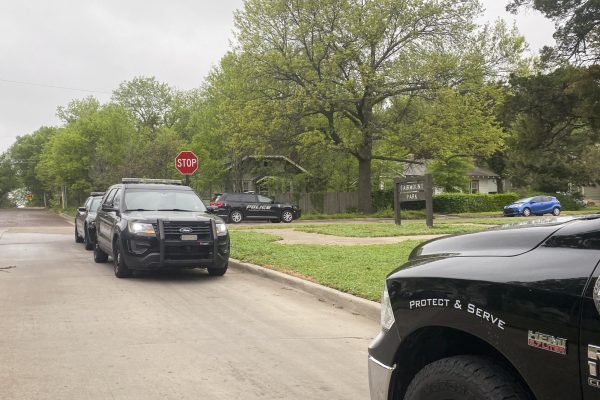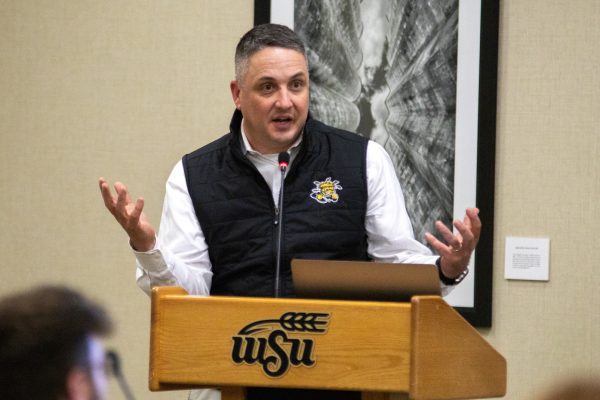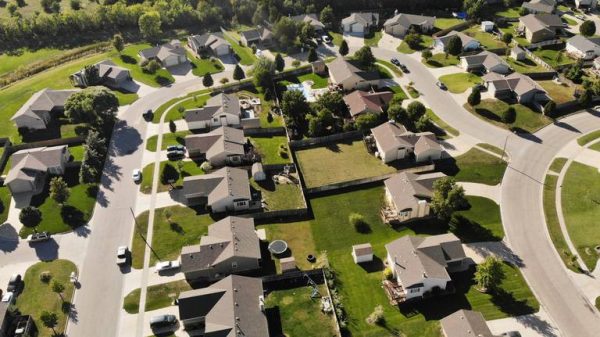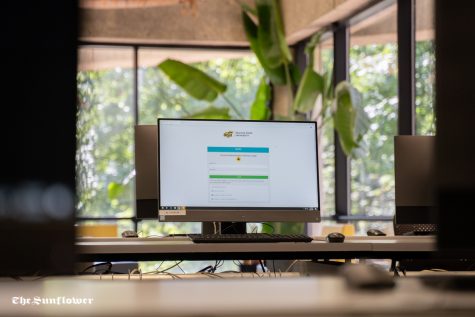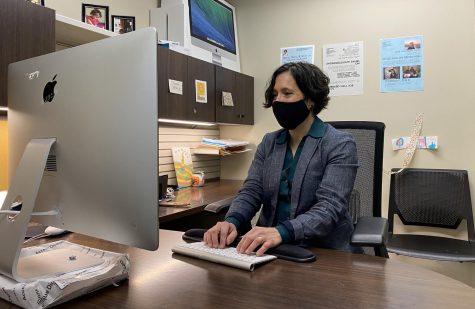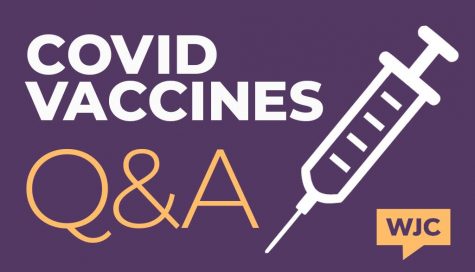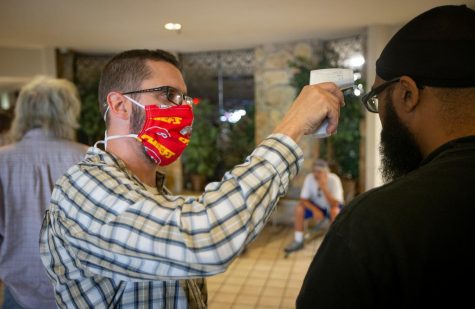Moore: The interest for badges in higher education is growing
When the Kansas Board of Regents released statewide enrollment numbers last week, Wichita State boasted 30.1 percent growth in non-degree-seeking students.
WSU’s badge course program offers working professionals and high school students online, self-directed courses for half a credit hour. WSU’s enrollment report does not specify how many of its non-degree-seeking students are enrolled in badge courses this fall, but the university has gone to great lengths to market badges.
Last fall, in the two weeks leading up to the official KBOR enrollment tally, WSU offered badge courses for free. This year, the university has offered up to 850 full or partial scholarships through the Office of Online Learning.
“The university is making the money available as a way to introduce people to badges,” Kimberly Moore, director for workforce, professional and community education, told The Sunflower in August.
Three years ago, Moore was tasked with creating WSU’s badge program.
“Badges have been around for a while, but people were doing them primarily for non-credit,” Moore said. “A few universities were doing them for-credit, but the desire within higher education was to find ways to offer credit for badges as a useful professional development tool.”
At their September meeting, the Regents approved a proposal to allow degree-seeking students to take badges. Previously, only non-degree-seeking students could enroll.
“It was approved by KBOR for non-degree-seeking students, and I’m not sure why,” Moore said, when asked why the badge course program originally excluded degree-seeking students. “I wasn’t involved in that process.”
In August, the Regents changed their enrollment-reporting metric from 20-day headcount to full-time equivalency. Now that enrollment is based on total credit hours instead of headcount, degree-seeking students can take badges.
Moore said badges aren’t eligible for federal financial aid, so if a student receives financial aid to pay for their tuition, that can’t go towards a badge course.
She said more people would take badges if they knew what they were.
“People don’t really understand what badges are,” Moore said.
“A lot of employers and a lot of people in the community have no idea what a badge is, so when you say, ‘Why don’t you take a badge course?’ there’s some reluctance because they don’t know what that means.”
Moore said that’s why the university has offered 850 badge scholarships at a time when tuition continues to go up at WSU.
“An instructor, to develop a badge course gets paid $1,500 and instruction, they get paid $625 if they have one to 39 students, so it’s a very small stipend — very small cost to the university,” Moore said.
WSU continues to offer free money to prospective badge course students. Moore said she doesn’t know when badges will start paying off financially for the university.
“I have no idea,” Moore said. “It really depends on — we’ve got some new badges that are coming out that I’m really excited about that I think are going to draw a lot of attention, even nationally.”
Moore said the future of badge programming is to meet very specific workforce needs.
She cited the Practical Blood Flow Restriction Applications badge, which is being marketed to physical therapists, as one example of WSU meeting a specific workforce need.
“Nobody else is doing this — there certainly isn’t a badge, let alone is there any real types of education on this, so we think that this will be huge and that enrollment will — these are the type of badges that are going to draw enrollment and that are going to yield definitely some results here with tuition income,” Moore said.
She said WSU’s approach to badge courses is gaining traction.
“The interest within higher education itself for badges is growing,” Moore said. “I’m asked to speak all over the country about badges. People are looking at WSU as a model.”
Twice this year, WSU President John Bardo has brought up badges while testifying before Congress in Washington D.C.

Matthew Kelly is a former editor-in-chief and managing editor for The Sunflower. Kelly graduated in 2020 with a bachelor’s degree in political science...




